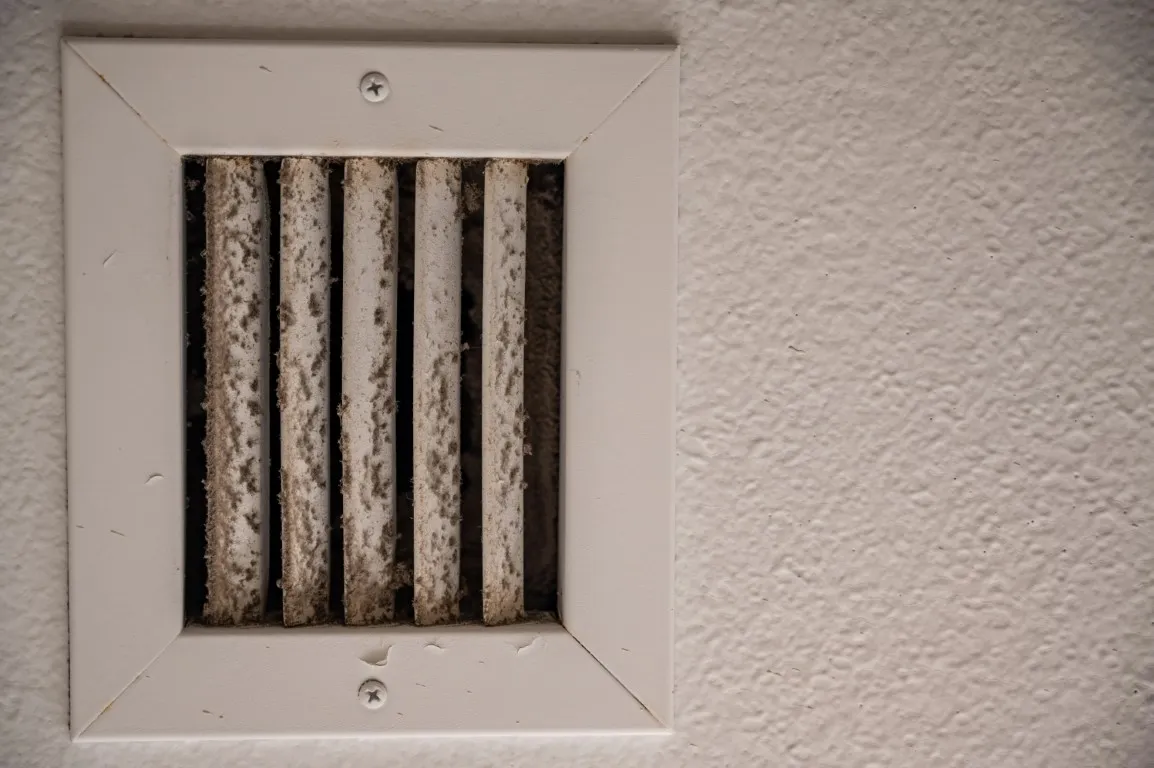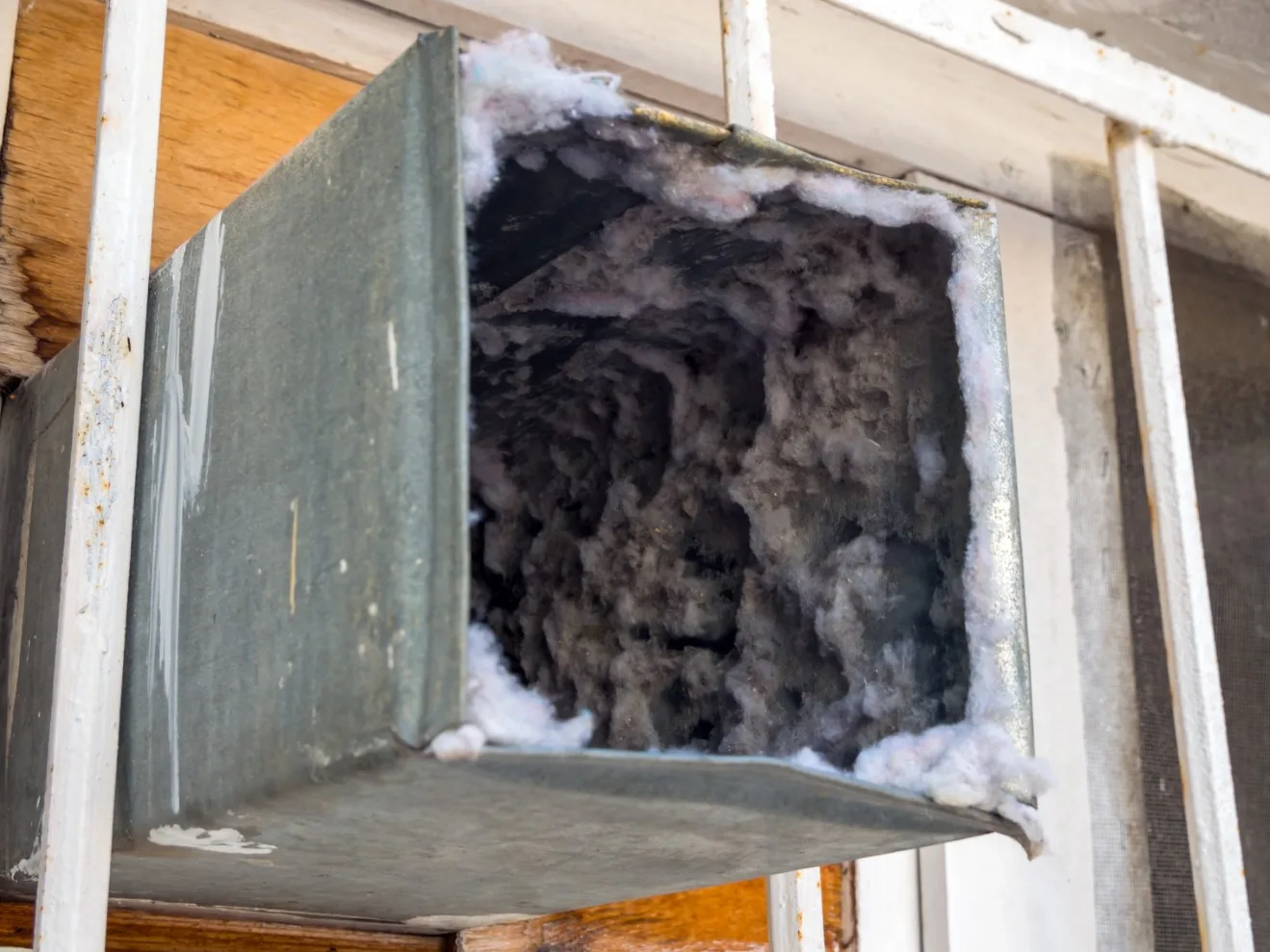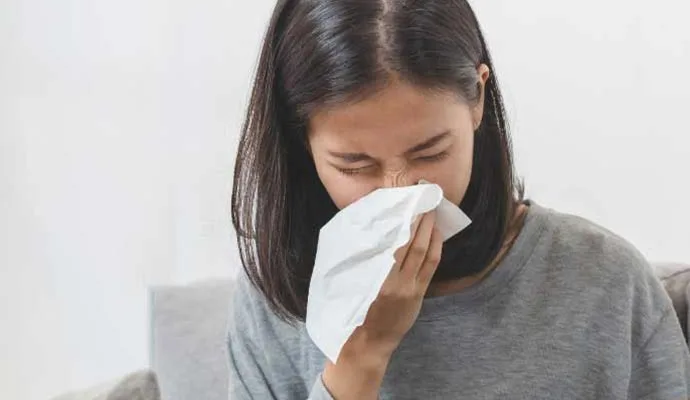
When it comes to indoor air quality, not only should you focus on controlling dust, pollen, and pet dander levels but you should also be aware of one of the biggest hidden threats lurking in your home: HVAC mold. Mold in your heating and cooling system isn’t just gross, it’s also a serious health hazard. Here is what you need to know about how it forms, how to identify it, and how to eliminate it — and keep it from coming back.
How HVAC Mold Forms
Mold thrives in dark, damp environments — making your HVAC system the perfect breeding ground. Here are the most common reasons mold may start growing in your ductwork, coils, or air handler:
Moisture Build-Up
Condensation — Warm air meeting cold surfaces, such as cooling coils, can cause moisture to condense and create a breeding ground for HVAC mold
Leaks — Leaks in air ducts or the HVAC system itself can introduce moisture into the system.
Excess Moisture — Air conditioners naturally create moisture as they cool air. If that moisture doesn’t drain properly — due to clogged drain lines or malfunctioning condensate pan — it can collect and create a breeding ground for mold.
High Humidity — High humidity levels in the home, especially if not properly controlled, can contribute to moisture buildup in the HVAC system.
Favorable Conditions
Debris and Dust — Dust, pollen, and other organic material can build up in your HVAC system over time. These particles act as food for mold spores, especially when mixed with moisture.
Darkness — HVAC systems, especially air ducts, are often dark and secluded, creating the perfect environment for mold.
Warm Temperatures — Mold thrives in the warm temperatures produced by HVAC systems.
Poor Ventilation — Insufficient airflow or blocked vents prevent moisture from drying out properly, leading to stagnant air and creating the ideal environment for mold colonies to grow unchecked.
Signs of Mold in Your HVAC System
HVAC mold may not always be easily detected, but there are a few signs to look out for:

Visual Signs
Visible Mold Growth — Mold may be visible on air vent covers, air filters, drip pans, inside ductwork, or on the air handler.
Discoloration — Dark stains or patches may grow around air vents and returns.
Black Dust — Black dust may come out of your vents when the AC or heat is on.
Odor Signs
Musty or Mildew Smell —When the HVAC system is running, you may smell a musty, earthy, or mildew-like odor.
Persistent Musty Odor — A lingering musty odor may persist in multiple rooms if there is mold in the ductwork.
Health Signs
Increased Allergy Symptoms — You or your family may experience increased sneezing, watery eyes, coughing, or nasal congestion.
Respiratory Issues — Mold exposure can cause wheezing and difficulty breathing.
Other Symptoms — Some people may also experience headaches, fatigue, and skin irritation when exposed to mold.
Other Signs
Reduced Airflow — Mold in ducts can restrict airflow, leading to weaker air streams from vents.
Strange Noises — Your HVAC system may make creaking, rattling, or thumping sounds when running.
Humidity — Your house may feel excessively humid, even when the AC is running, due to mold growth.
How to Get Rid of HVAC Mold
If you suspect mold in your HVAC system, don’t ignore it. Here’s how to fix the problem:
Turn Off Your System — Stop air circulation to prevent mold spores from spreading throughout your home.
Schedule a Professional Inspection — A certified HVAC technician or mold remediation specialist can locate the source of the mold and the extent to which it has spread. They can also determine the best removal method.
Thorough Cleaning — Professionals will clean and disinfect the moldy components, which may include coils, drain pans, blower motors, and ductwork. In some cases, you may need to replace sections of the duct.
Use Mold-Inhibiting Treatments — A professional may apply an antimicrobial treatment or coating to prevent future mold growth inside the system.
How to Prevent Mold in Your HVAC System
Here’s how to prevent mold from developing in your HVAC system:
- Maintain proper humidity levels, around 30% to 50%
- Replace air filters every one to three months
- Keep ducts clean with routine professional maintenance
- Clear drain lines and pans to avoid water buildups

Don’t Ignore Mold in Your HVAC System
HVAC mold can go unnoticed until it starts to affect your health and comfort. But with proper maintenance and quick action, you can keep your home safe and free from mold. If you‘re dealing with persistent moisture issues or musty smells, have your system inspected and cleaned as soon as possible before it becomes a major problem.
